Ancient bridge collapse in Kunki exposes traffic safety problems
The ancient bridge, which has collapsed without waiting for repairs, in the Dagestani village of Kunki is now closed to traffic, but walking on it is also dangerous, although local residents have no alternative option for moving.
Salikh Salikhov, a member of the district assembly, has confirmed to the "Caucasian Knot" correspondent that there was a partial collapse of the bridge, and there is a threat of its complete collapse. He has specified that the bridge was built in the 15th century from logs that got rotted and began to collapse over time.
The state never repaired the bridge; villagers did it themselves. What fell, they patched up
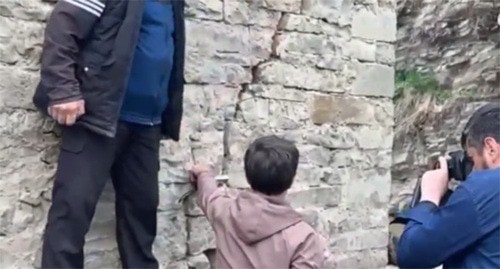 "The state never repaired the bridge; villagers did it themselves. What fell, they patched up, and kept it in a more or less suitable condition all this time, so that people could use it. Now that half of the bridge has partially collapsed, it’s no longer possible to patch it up like that," Mr Salikhov has explained, adding that villagers have repeatedly contacted various authorities. "They received a response from the head of the republic that our request was reviewed and forwarded to the regional Transport Ministry. The latter answered that this bridge is the property of the district administration. But it is a cultural heritage site, so they allegedly cannot repair it," Salikh Salikhov has added.
"The state never repaired the bridge; villagers did it themselves. What fell, they patched up, and kept it in a more or less suitable condition all this time, so that people could use it. Now that half of the bridge has partially collapsed, it’s no longer possible to patch it up like that," Mr Salikhov has explained, adding that villagers have repeatedly contacted various authorities. "They received a response from the head of the republic that our request was reviewed and forwarded to the regional Transport Ministry. The latter answered that this bridge is the property of the district administration. But it is a cultural heritage site, so they allegedly cannot repair it," Salikh Salikhov has added.
He has noted that the bridge is important not only as a historical value, but also as a transport facility. Without it, the village is literally divided into two parts, and children will not be able to get to school.
On May 19, the district administration and the prosecutor's office closed the bridge in Kunki for traffic. Villagers can drive to the bridge by cars and then walk, Mr Salikhov has concluded, adding that there is no other way to the other part of the village, only if you drive across the river when the water in it is low.
There is no other way to the other part of the village, only if you drive across the river when there is little water in it
 A villager named Kurban has told the "Caucasian Knot" correspondent that the bridge is practically falling apart on one side. He never had railings. There is no other way to the other part of the village, only if you drive across the river when there is little water in it, the man has added.
A villager named Kurban has told the "Caucasian Knot" correspondent that the bridge is practically falling apart on one side. He never had railings. There is no other way to the other part of the village, only if you drive across the river when there is little water in it, the man has added.
Walking across the bridge is dangerous not only for children, but also for adults
Musa Salikhov, a local school teacher, has said that the school is on one side of the bridge, and most of the houses are on the other. About 600 people live in Kunki, and 19 pupils study at the local school. Walking across the bridge "is dangerous not only for children, but also for adults," the teacher said.
Authorities promise "emergency works."
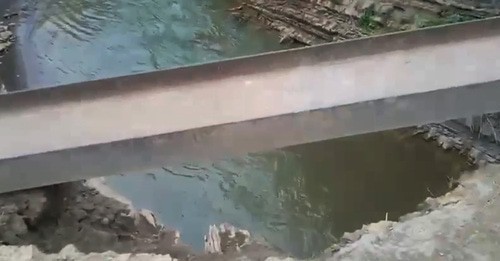 "The bridge is located in the outskirt of the village of Kunki on the Ullu-Chai River, and has been a cultural heritage site of regional value since 1997. The bridge was built in the 15th century and was restored at the beginning of the 19th century. Its owner is the municipal entity "Dakhadaevsky District". Experts of the “Dagnasledie” went to Kunki to inspect the bridge," the Agency for the Protection of Cultural Heritage of the Republic of Dagestan (Dagnasledie) has reported in its Telegram channel.
"The bridge is located in the outskirt of the village of Kunki on the Ullu-Chai River, and has been a cultural heritage site of regional value since 1997. The bridge was built in the 15th century and was restored at the beginning of the 19th century. Its owner is the municipal entity "Dakhadaevsky District". Experts of the “Dagnasledie” went to Kunki to inspect the bridge," the Agency for the Protection of Cultural Heritage of the Republic of Dagestan (Dagnasledie) has reported in its Telegram channel.
The report has noted that based on the inspection outcomes, the act on the technical condition of the bridge will be sent to the owner – the administration of the Dakhadaevsky District to take measures to preserve the cultural heritage site.
As reported by the “Dagnasledie”, on May 31, 2024, they drew up an act on the poor technical condition of this cultural heritage site. According to the security obligation concluded with the District Administration, emergency response works were to be conducted on the bridge within three years in agreement with the “Dagnasledie”.
Legal aspect
Ali Aliev, a lawyer, said that the relevant authorities for the protection of cultural heritage sites in the region are responsible for the condition of these sites of regional significance, as well as the owners or other legal proprietors of the site, as well as local self-government bodies. They are obliged to finance and organize the works on the preservation, repairs and restoration of the site, as well as ensure its physical safety.
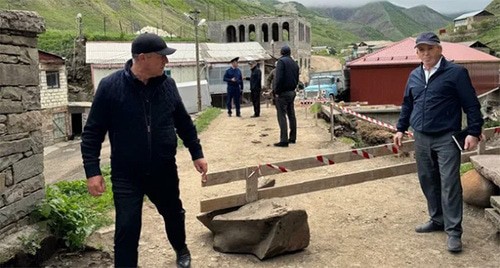 The criminal liability for the destruction of or damage to cultural heritage sites is provided for by Articles 243 "Destruction of or damage to cultural heritage sites (historical and cultural monuments) of the Russian nations" and 243.1 of the Criminal Code of the Russian Federation. According to the lawyer, the penalties may include fines, compulsory or forced labour, as well as freedom deprivation for up to six years if one’s actions or inactions have led to the destruction of or damage of the site.
The criminal liability for the destruction of or damage to cultural heritage sites is provided for by Articles 243 "Destruction of or damage to cultural heritage sites (historical and cultural monuments) of the Russian nations" and 243.1 of the Criminal Code of the Russian Federation. According to the lawyer, the penalties may include fines, compulsory or forced labour, as well as freedom deprivation for up to six years if one’s actions or inactions have led to the destruction of or damage of the site.
This was originally published on the Russian page of 24/7 Internet agency ‘Caucasian Knot’ on May 20, 2025 at 12:43 pm MSK. To access the full text of the article, click here.
Source: CK correspondent

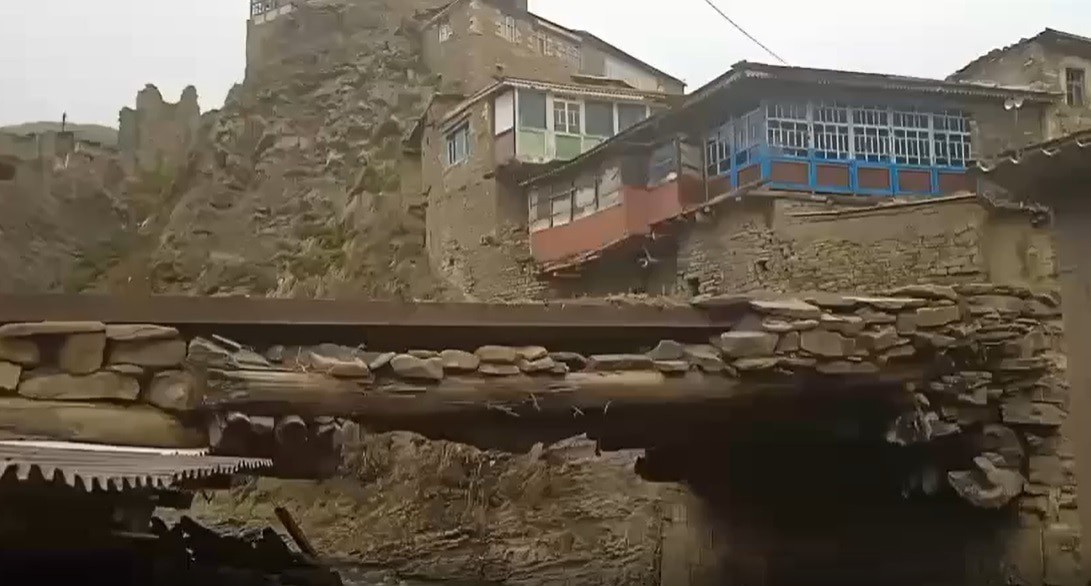
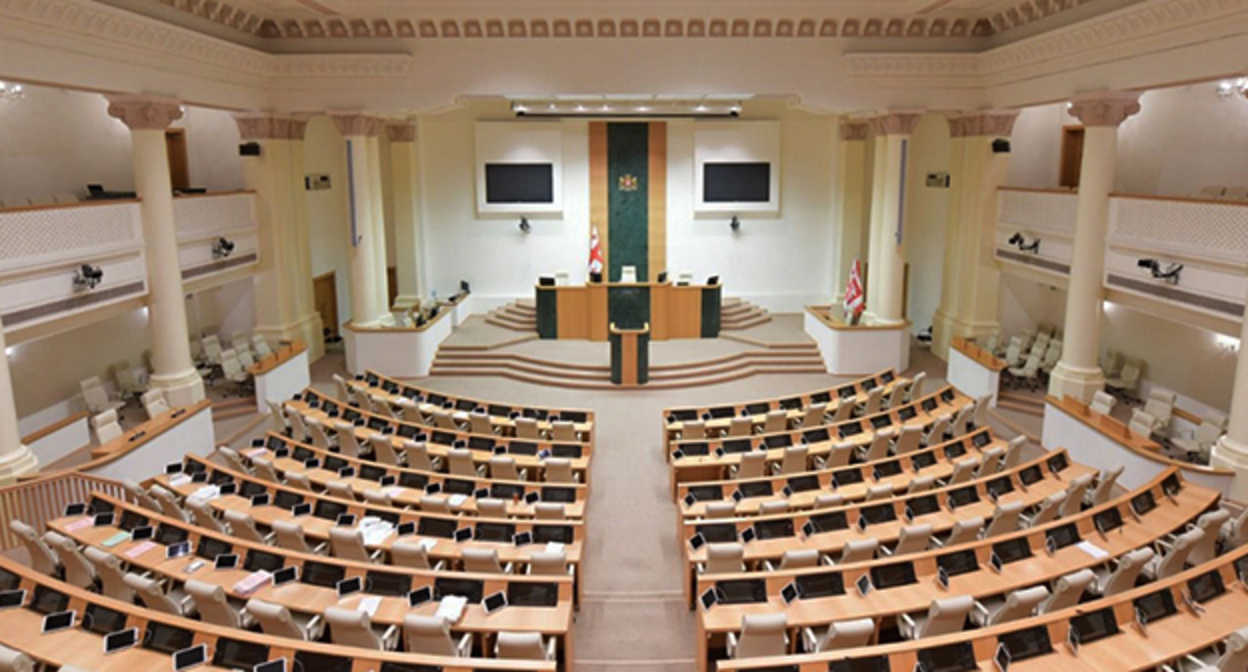

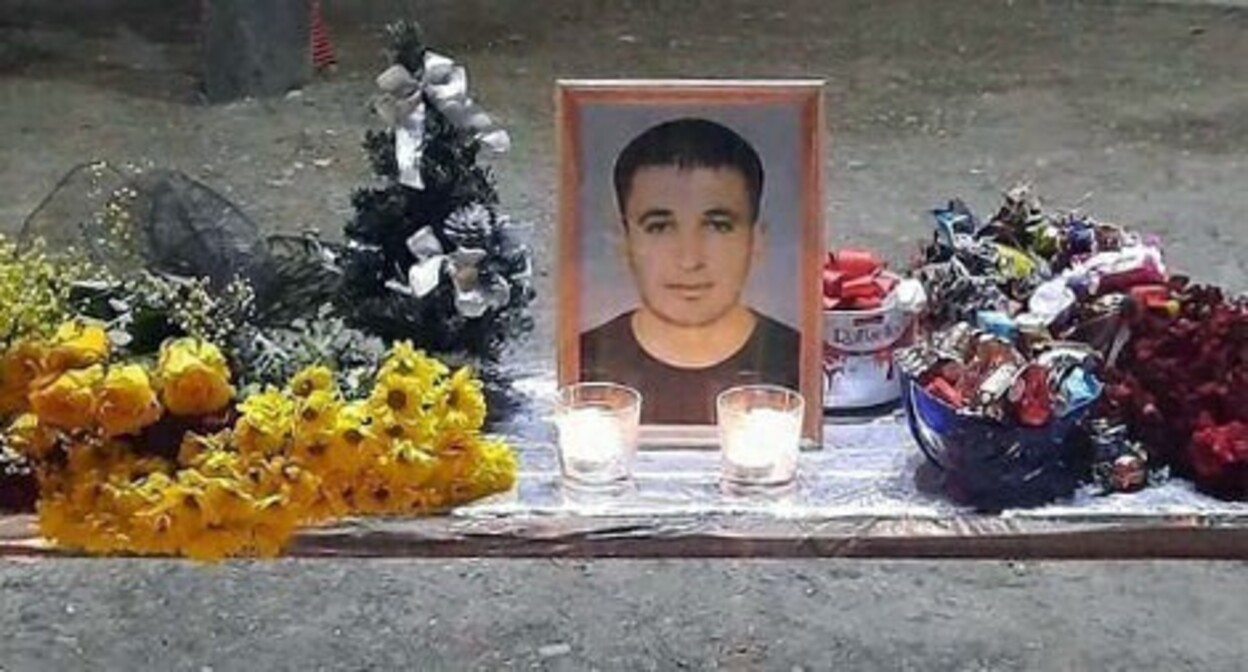



![Tumso Abdurakhmanov. Screenshot from video posted by Abu-Saddam Shishani [LIVE] http://www.youtube.com/watch?v=mIR3s7AB0Uw Tumso Abdurakhmanov. Screenshot from video posted by Abu-Saddam Shishani [LIVE] http://www.youtube.com/watch?v=mIR3s7AB0Uw](/system/uploads/article_image/image/0001/18460/main_image_Tumso.jpg)